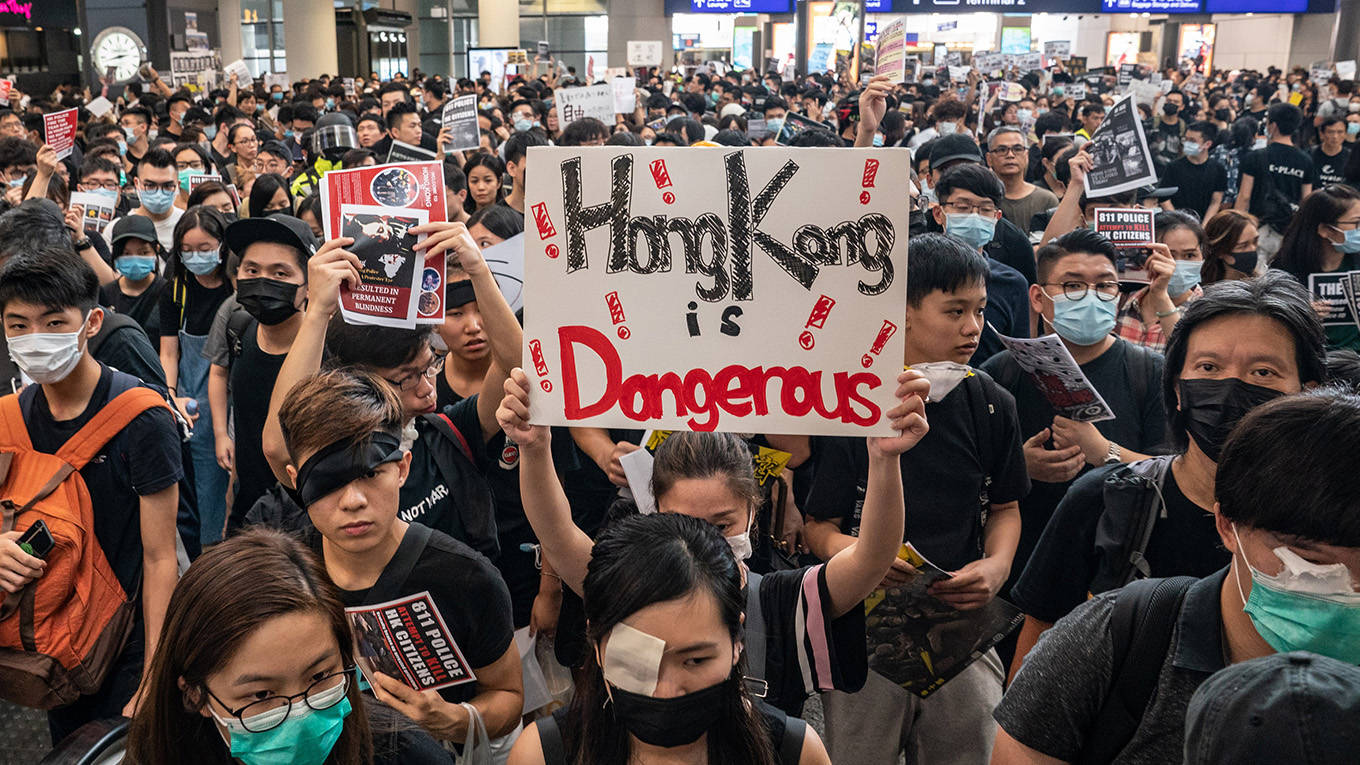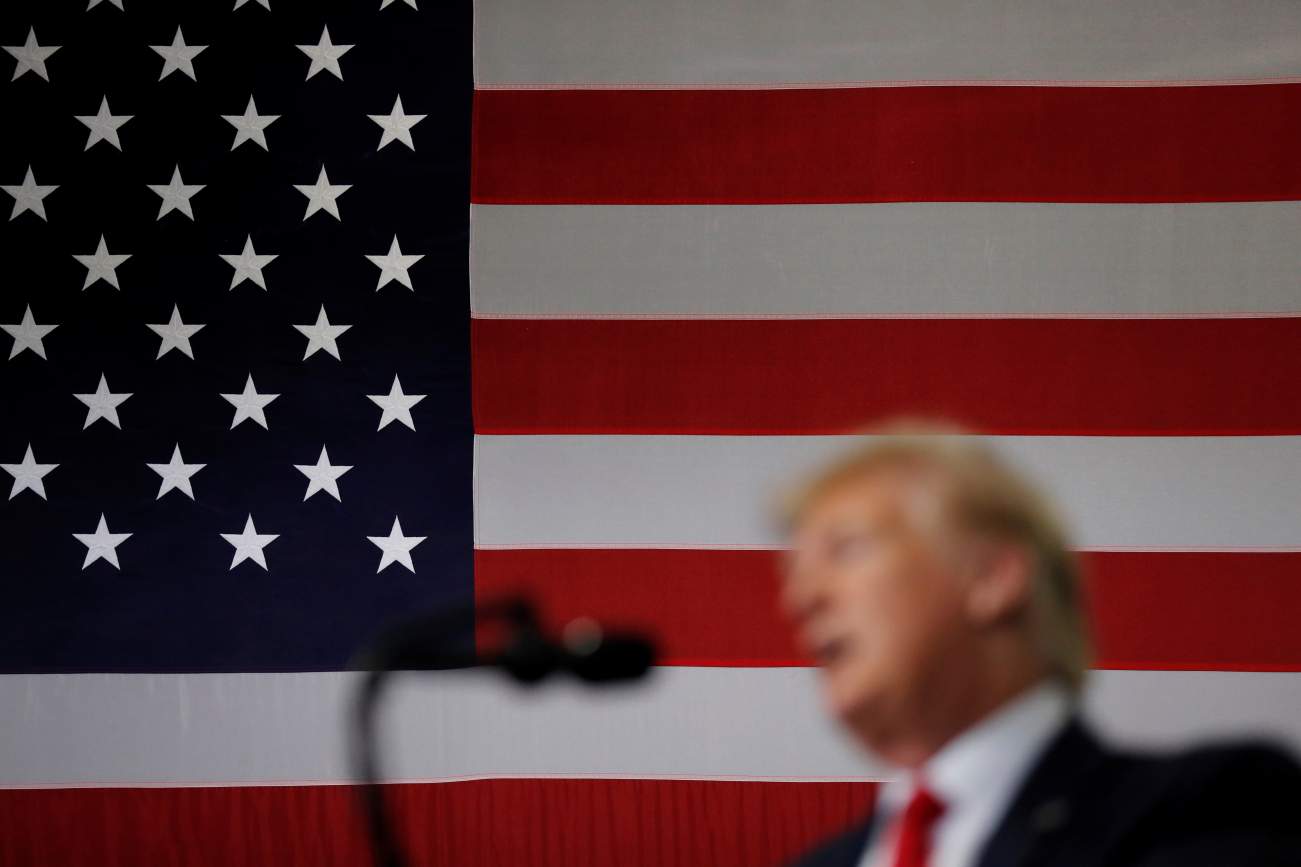 The Chinese Panchen Lama, Gyaltsen Norbu is said (by the Chinese media) to have conducted an 'inspection tour' of the region, including a village bordering Ladakh.
The Chinese Panchen Lama, Gyaltsen Norbu is said (by the Chinese media) to have conducted an 'inspection tour' of the region, including a village bordering Ladakh.Hundreds pictures were published showing the Chinese-selected 11th Panchen Lama touring areas such as Purang/Taklakot, Mt Kailash, Manasarovar lake, Minsar, the monasteries in Tholing/Tsaparang, Ngari town, Rutok, the Panggong tso Lake and even a village on the Indian border in East Ladakh.
He visited monasteries, villages, and larger towns such as Tholing, Nagari and Rutok; he ‘inspected’ many projects i.e. an Ecological Agricultural Industry Park of Gar County.
The Chinese media extensively covered his two-week long visit.
Norbu had come to Ngari prefecture five years ago, but he then had remained in Purang and Kailash area.
China Tibet Online reported that on July 26, Gyalsten Norbu (called Choskyi Gyalpo by the Chinese media) traveled to Jaggang Village in Rutok County “for survey and research”; he paid a visit to two Tibetan families named as Wangdul Phuntsok's and Tashi Dundrup's.

















/arc-anglerfish-arc2-prod-mco.s3.amazonaws.com/public/QX5UGF3IS5DV7HLHMEOFTMEYJE.png)

